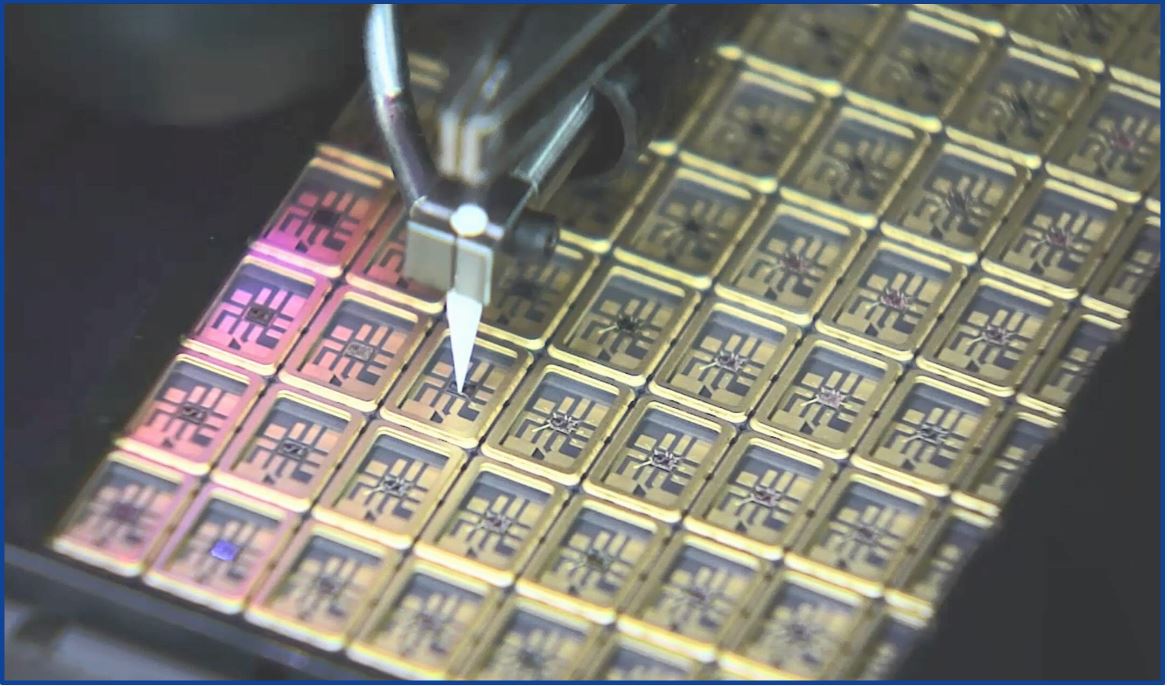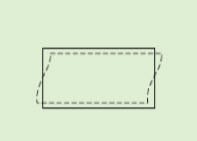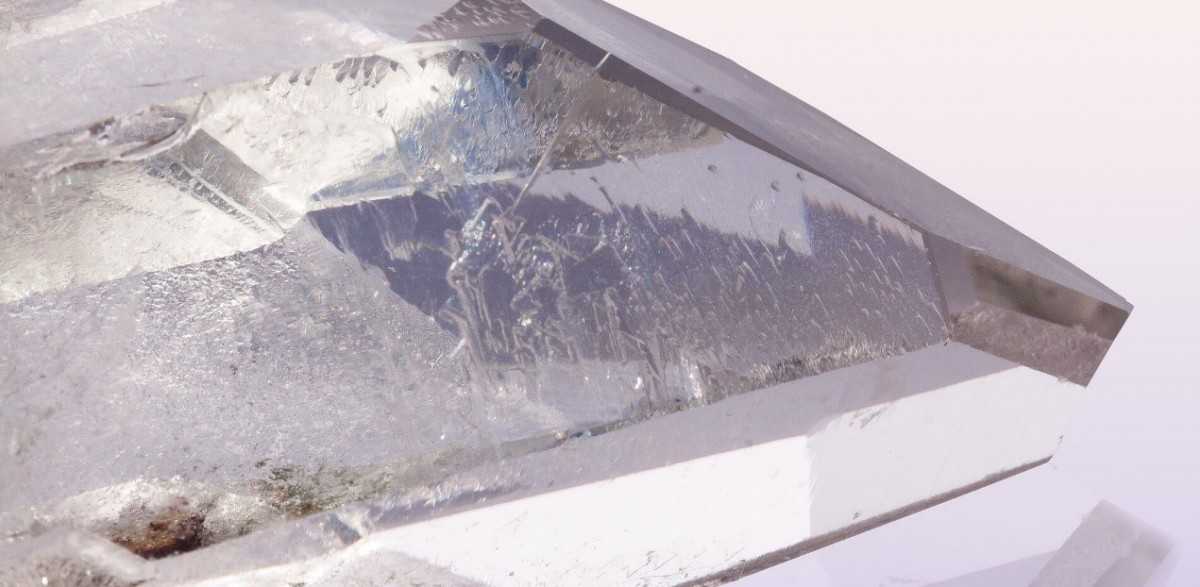How Does an Overtone Quartz Crystal Work?
A fast and smooth data transmission is critical in today’s world. Network and server systems are designed to process and forward information at lightning fast speeds. To achieve this, many of these applications depend on frequencies in the three-digit megahertz (MHz) range. Such high frequencies cannot be generated with an AT-crystal in the fundamental tone.
 How Does an Overtone Quartz Crystal Work?
How Does an Overtone Quartz Crystal Work?
How Does an Overtone Quartz Crystal Work?
A fast and smooth data transmission is critical in today’s world. Network and server systems are designed to process and forward information at lightning fast speeds. To achieve this, many of these applications depend on frequencies in the three-digit megahertz (MHz) range.
Such high frequencies cannot be generated with an AT-crystal in the fundamental tone. Although quartz discs with a fundamental frequency of 40 to 50MHz are feasible, their production involves considerable effort and corresponding costs. For this reason, “overtone crystals” are usually used for frequencies above 20 megahertz.
Overtone vs. Fundamental Tone
Every quartz blank has its basic frequency. Besides this “fundamental tone”, each quartz disc has several overtones. When electric voltage is applied to the quartz, it oscillates on its fundamental tone. Its overtones are also triggered in this process, but their signal is significantly weaker than that of the fundamental tone. In fact, most of the time the overtone signal results in nothing more than normal phase noise.
By clever construction of the oscillator circuit, it is possible to actuate the overtone of the quartz instead of the fundamental tone. Therefore, an additional resonant circuit is added to the oscillator circuit in order to amplify the overtone signal of the quartz.
This technique allows engineers to “squeeze” frequencies far above its fundamental tone out of a quartz crystal. For example, if a quartz oscillates in the fundamental tone at 20MHz, the third overtone oscillates at 60MHz and the fifth overtone oscillates at 100MHz. Due to the electronic properties of the oscillator circuit, the overtones can only be stimulated in the odd integer range.
How Does an Overtone Quartz Oscillate?
The remaining question is about the shape of an overtone quartz’s oscillation. You can imagine the overtone oscillation as a multiple of the crystal’s fundamental oscillation. Let’s take the thickness shear oscillator as an example: Put under voltage, top and bottom of the quartz move in opposite directions in the fundamental tone. However, in the overtone, not only the upper and lower sides of the quartz oscillate, but also the molecular layers inside it. These layers also move in opposite directions, just like the crystal’s top and bottom in the fundamental tone. The quartz does not only vibrate on its outside, but “in itself”, so to speak.
Figuratively speaking, one can visualize an overtone quartz like a pendulum attached to a long chain. In the fundamental tone, only the pendulum swings, but in the overtone each individual chain link swings as well.
Frequencies of up to 250 Megahertz
A quartz driven by its overtone can generate a frequency of up to 250MHz, thus creating the perfect base for fast data transmission in communication technology.
Jauch is represented in Israel by COMTEL ISRAEL.
for more infirmation about JAUCH products in israel contact us!





